The Incredible Story Of Mary Ann Brown Patten Who Commanded A Clipper Ship At 19
The high seas have always been a setting for daring adventures and remarkable tales of survival, but few are as inspiring as that of Mary Ann Brown Patten.
At just 19, she became the first female commander of a U.S. merchant vessel, Neptune’s Car, during an unforgettable voyage in 1856.
Let’s explore how Mary Ann took control of the Clipper ship at just a young age while pregnant with her first child and nursing the sick captain.
Fate At Sea: A Young Wife’s Journey Begins
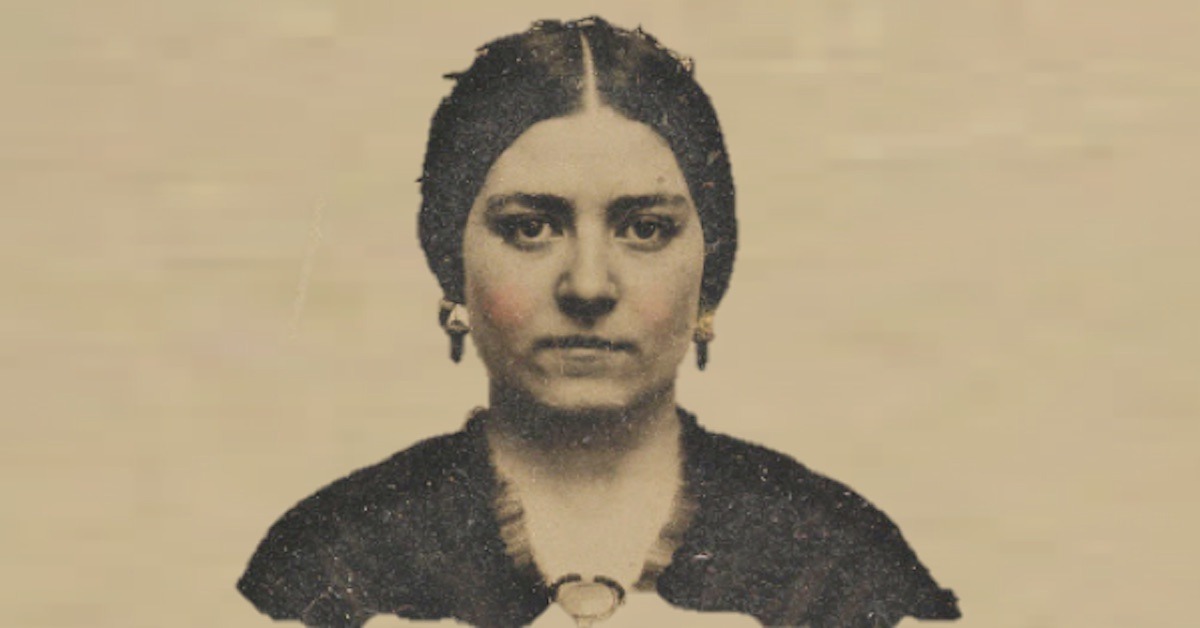
Mary Ann Brown married Joshua Patten, a sea captain, at the tender age of 16. In 1853, their shared life at sea began as Joshua ferried cargo between New York and Boston.
Mary Ann Brown Patten took every opportunity to learn seamanship from her husband. She absorbed lessons in navigation, handling the sails, and understanding the ship’s intricate workings.
Over time, her skills grew to the point where she was arguably more proficient in operating the ship than many of the crew members.
By 1855, when offered command of Neptune’s Car, Joshua was eager but reluctant to leave Mary behind. With little time to prepare, they set sail together.
The Challenging Voyage Of Neptune’s Car

In 1856, Neptune’s Car was tasked with transporting cargo to San Francisco, a voyage critical during the California Gold Rush.
The ship was known for its speed, and Joshua boasted of completing the trip in under 100 days—a feat that promised substantial financial reward.
However, just before departure, a series of challenges began. The first mate fractured his leg, and Joshua had to hastily appoint a new first mate, Keeler, despite his lack of experience.
As the ships left New York, they faced the daunting journey around Cape Horn, one of the most treacherous maritime routes.
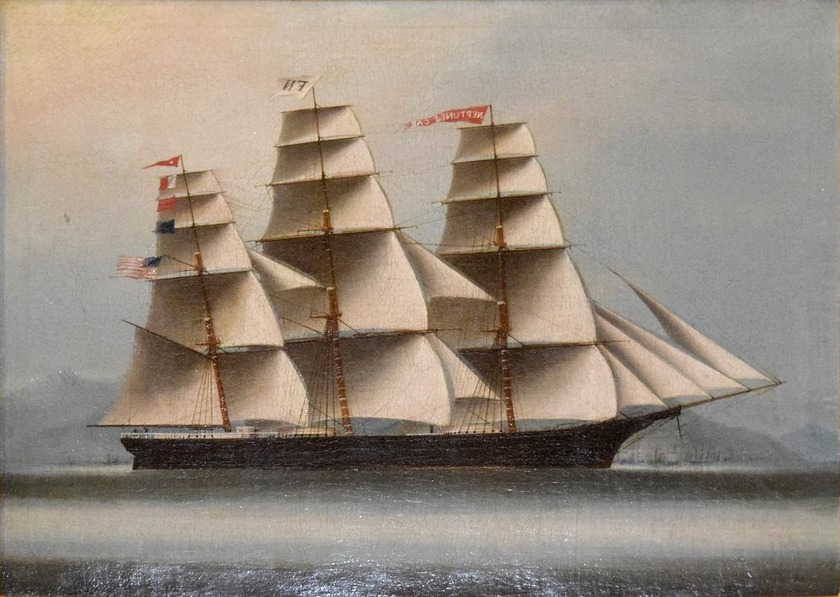
Captain Patten was determined to win the race against other clippers like Intrepid and Romance of the Seas.
The stakes were high, with fortunes resting on a timely arrival. However, the new first mate’s incompetence soon became evident, as he repeatedly fell asleep on watch and neglected critical tasks.
The voyage took a turn for the worse when Joshua fell ill after exhausting himself with dual responsibilities.
He collapsed on deck, succumbing to what was referred to as “brain fever,” though historians believe it was tuberculosis.
Commanding Through Crisis: Mary Patten Takes The Helm
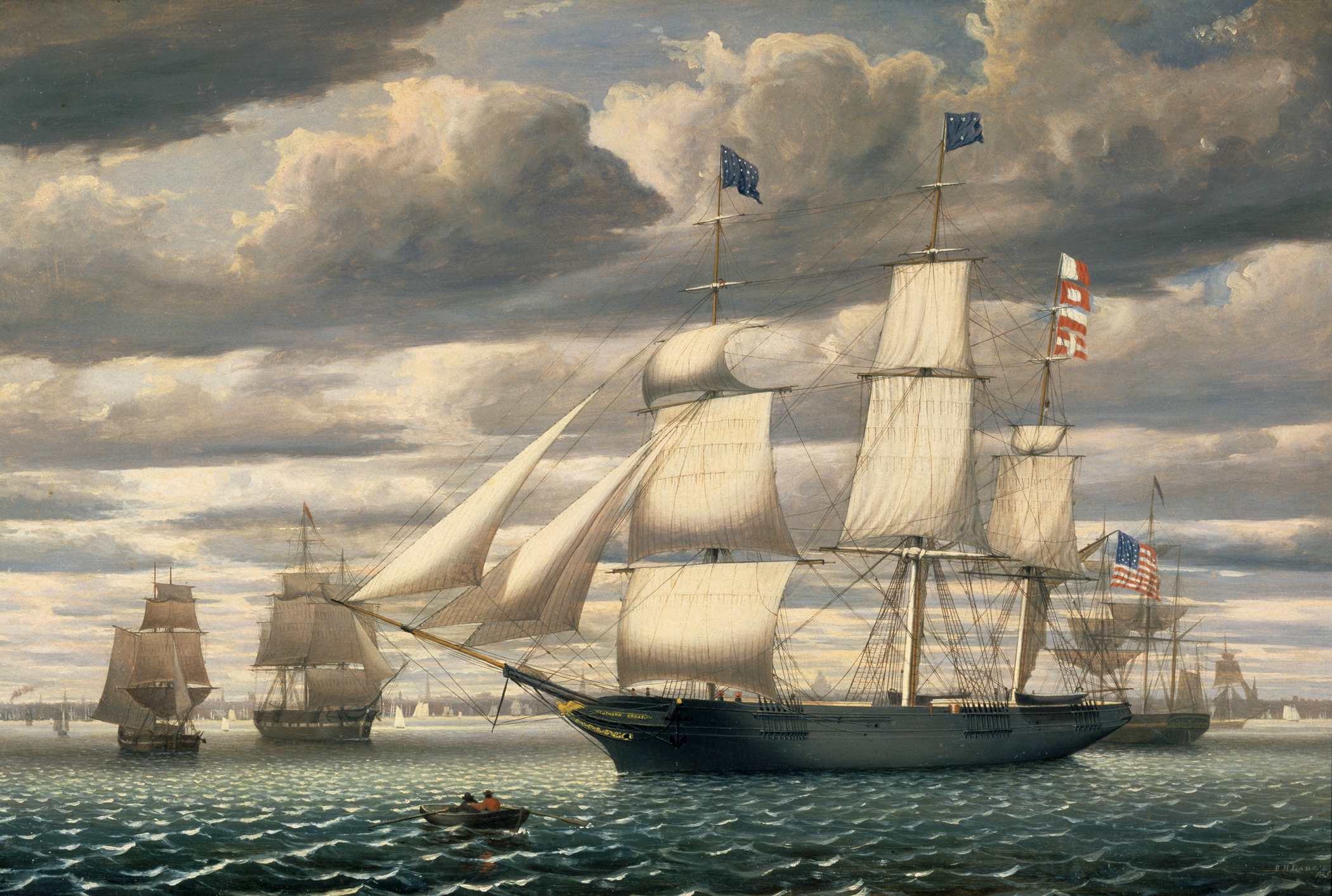
Because her husband was incapacitated, Mary was thrust into a position of leadership.
Despite being pregnant, she drew upon her prior knowledge and experience to navigate the ship, determined to protect the valuable cargo.
As Mary took command, the disgruntled first mate sought to rally the crew against her.
However, as a leader, she gathered the crew and appealed to their loyalty. She successfully persuaded them to support her in navigating the ship safely to San Francisco.

Her confidence inspired the men, and together, they steered Neptune’s Car through rough seas and icy waters.
As they approached Cape Horn, they faced treacherous conditions with 50-foot waves and relentless winds. This time, she had to make quick decisions.
By altering their course southward, she managed to keep the ship safe from the rocky coastline. Her quick thinking and knowledge of navigation were crucial during this experience.
Victory In San Francisco: A Remarkable Achievement
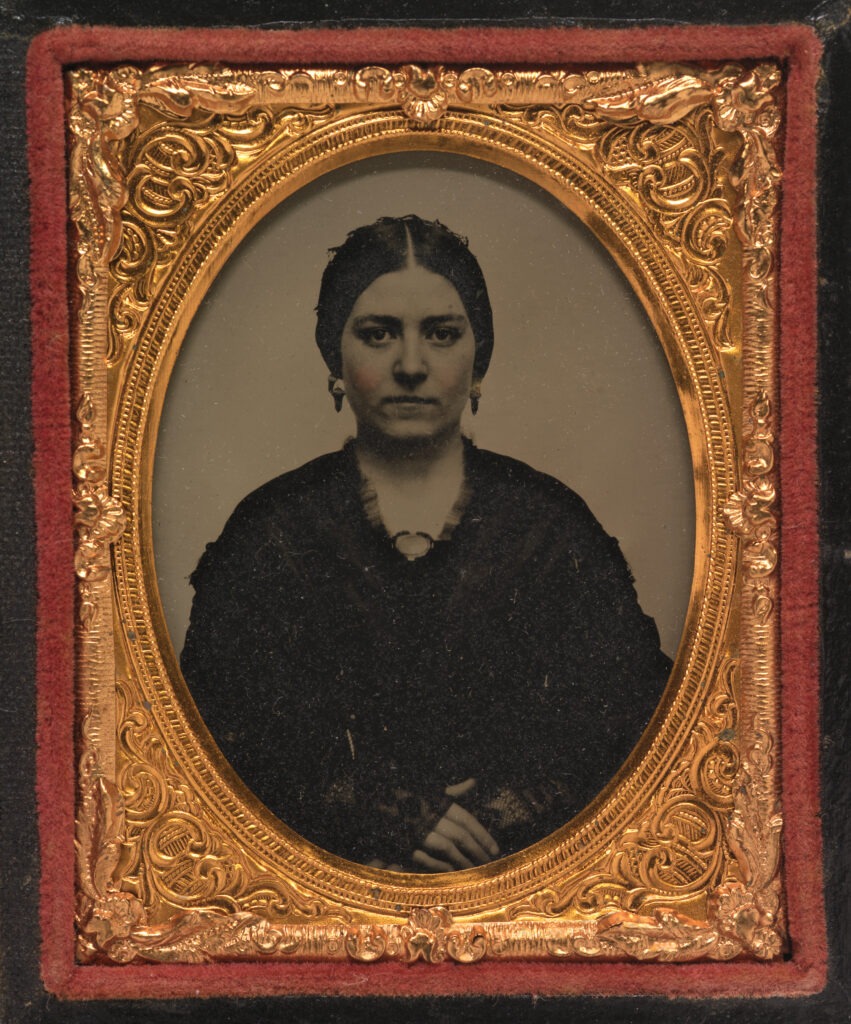
After 136 days at sea, Mary successfully navigated Neptune’s Car into the bustling port of San Francisco on November 15, 1856.
The crew and dockworkers were awestruck by the sight of a young woman at the helm, particularly with her visibly pregnant state and her husband in poor health.
Her bravery and skill earned her immediate recognition, and she became a celebrated figure in maritime history.
A Boston newspaper raised funds to help cover the costs of caring for Mary Ann Brown Patten’s ailing husband. Despite being recognized as the first woman to command a cargo vessel, Mary said that she had simply performed “the plain duty of a wife towards a good husband.”
The Enduring Legacy Of Mary Ann Brown Patten
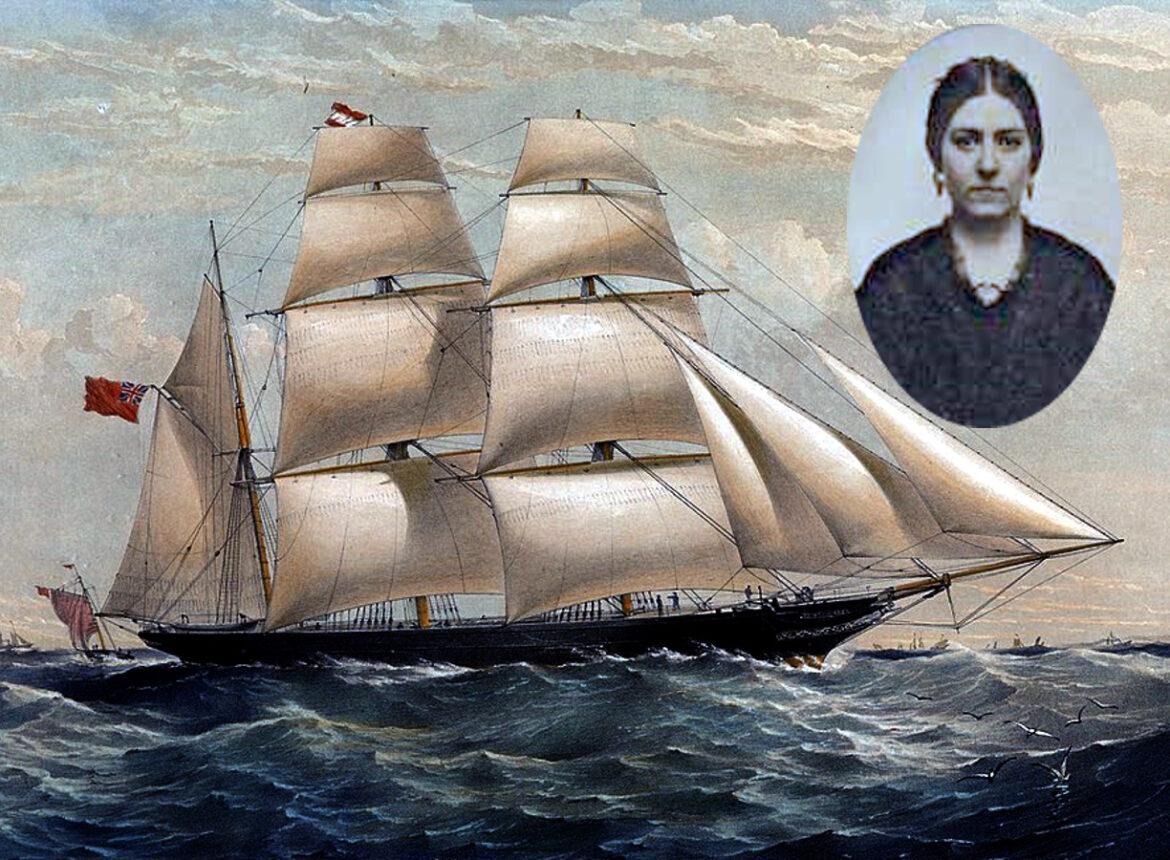
Mary Ann Brown Patten’s story became legendary, inspiring countless others. Despite receiving accolades and a monetary reward for her efforts, the personal cost was significant.
After returning to Boston, Joshua’s health deteriorated, and he passed away just a year later.
Mary herself succumbed to tuberculosis at the age of 24. Yet, her legacy endures.

